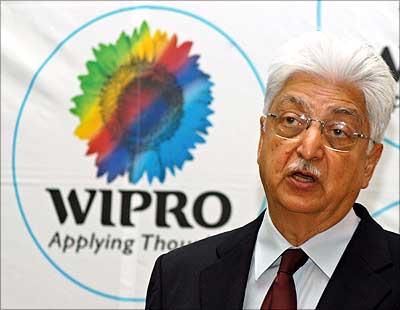If you are a linguist or someone comfortable with grammatical terms such as accusative, dative, genitive and so on, the fifth chapter in the
Sambahsa Primer in English explains very well how pronouns work in the language.
On the other hand, if you're like me, someone who isn't very competent at languages and prefers to learn through examples than cramming rules, that material is enough to scare you away thinking that it's too tough a language.
Fortunately, I managed to learn the pronouns and that became possible only through kind help from Dr. Olivier Simon. If it weren't for him, I don't think I'd have been able to understand pronouns well and I might even have quit learning the language.
To thank that guy, here's a small attempt from my side to provide an explanation of Sambahsa pronouns and make it easier for non-grammarians to understand them. So without further ado, let's begin:
Pronouns in Sambahsa are divided into four categories and the first category of pronouns are I-WE pronouns. It means:
Ego - I; Wey - We
Tu - You; Yu - You
Is - He; Ies - They
Ia - She; Ias - They
Id - It; Ia - They
El -X; I - XX
Simple enough? Yeah, but why are there two you-s, three they-s? and what are the meanings of X and XX?
The English you can be translated as either tu or yu in Sambahsa. Now, if you are talking to a close friend or a family member, you would use tu. But, if there are more than one person you are talking to or you are at a business meeting, addressing others with yu shows etiquette.
The difference between the three they-s in Sambahsa is this: Ies denotes more than one male, Ias more than a female and Ia stands for the more than one non-living object.
Finally, el and i are a little tricky. Suppose you want to tell a friend that you saw an alien the previous night. Which pronoun: he, she or it, would you use? In English you can use either he or it but in Sambahsa, there is a special pronoun for these cases: el and its plural i. These are used when you aren't sure of the gender of an object or being.
I read a long time ago that it's easier to remember sentences than words so here are a few sample sentences:
Ego bahm.
I speak.
Wey bahmos.
We speak.
Tu bahs.
You speak.
Yu bahte.
You speak.
Is baht.
He speaks.
Ies bahnt.
They (males) speak.
Ia baht.
She speaks.
Ias bahnt.
They (females) speak.
Id baht.
It speaks.
Ia bahnt.
They (neuter objects) speak.
El baht.
X speaks.
I bahnt.
They (objects or beings of unspecified gender) speak.
That wasn't very difficult, I believe. If you aren't already exhausted by now, let's have a look at the second category of pronouns or HIM-HER pronouns before we finish this post.
Okay, there are good people to be found everywhere and these good people love others around them. One of those good people is my grandmother Gurjeet Kaur Anand. How will I tell you that my grandmother loves me? Will I say: Mamma (as I call her) loves I or Mamma loves me? Of course, I'll use the second sentence because it sounds more correct!
The same thing happens in Sambahsa too. Just like in English, I-We pronouns change into Him-Her pronouns in certain sentences and here's how it happens:
Mamma lieubht me.
Mamma loves me.
Mamma lieubht nos.
Mamma loves us.
Mamma lieubht te.
Mamma loves you.
Mamma lieubht vos.
Mamma loves you.
Mamma lieubht iom.
Mamma loves him.
Mamma lieubht iens.
Mamma loves them (males).
Mamma lieubht iam.
Mamma loves her.
Mamma lieubht ians.
Mamma loves them (females).
Mamma lieubht id.
Mamma loves it.
Mamma lieubht ia.
Mamma loves them. (neuter objects; say books)
Mamma lieubht el.
Mamma loves X. (X may be an alien!)
Mamma lieubht i.
Mamma loves X. (there may be more than one alien.)
So, can you guess the meanings of me, him, her etc from the sentences? Just to be sure you are correct, match them with the table below:
Me - Me; Nos - Us
Te - You; Vos - You
Iom - Him; Iens - Them
Iam - Her; Ians - Them
Id - It; Ia - Them
El - Xy; I - XXy
How many did you get correct?!!
That's it for this time. In the next post, I'll try to cover the next two categories and then will try to continue with other grammar points as I progress in my studies.



















